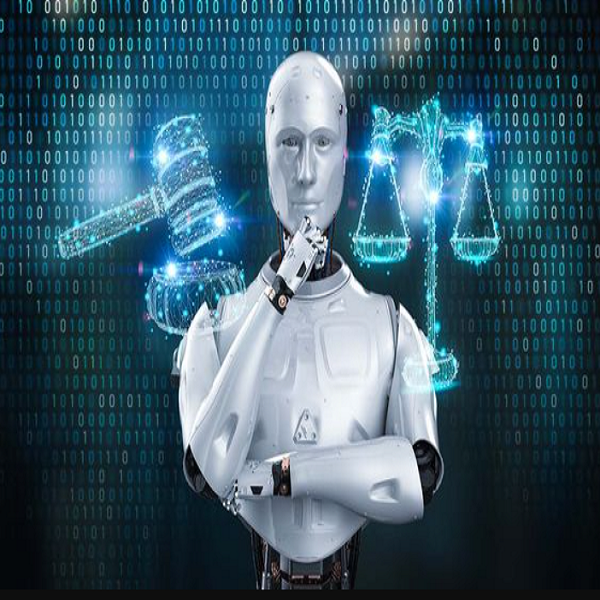AI has begun to play a major role in the type of content being shared online. It has created an opportunity for creatives, businesses and individuals to enhance the content they put out especially on their social media pages. However, it has also been used to spread false content that has caused a lot of damage.
YouTube has recently introduced a new privacy policy to combat the spread of misinformation, deepfake, and disinformation. This policy allows users to request the removal of AI-generated content that depicts their likeness, including their image and voice. Just like TikTok, YouTube had earlier introduced a tool in its Creator Studio that requires creators to disclose to their viewers when realistic content is made with altered or synthetic media including generative AI. This effort was to improve control over AI-generated content. Now, YouTube has gone a step further.
Based on the YouTube Privacy Guidelines, users can request for the removal of AI-generated content that they can uniquely identify as containing their image, voice, full name or other personal identifiable information. This request process can only be initiated by the individual themselves or their legal representatives, except in special cases such as for minors or deceased persons.

When a privacy complaint is made, YouTube carries out its analysis to determine if the content violates privacy guidelines. YouTube warns that even though an individual may identify themselves in the video, it does not necessarily mean they are uniquely identifiable to others, and their request may not qualify for removal.
YouTube considers several factors before it decides to remove a content. These factors include:
– Whether the content is labelled as AI-generated or altered
– If it uniquely identifies a person
– How realistic the content is
– If it contains parody, satire or has public interest value
– Whether it features a public figure or celebrity in sensitive situations such as criminal activity or endorsing a product or political candidate.
This may not be a straightforward decision as there are many criteria YouTube will have to consider before a content is marked for removal. Criteria such as if the content is labelled as AI-generated or altered, uniquely identifies a person, realistic, contains parody, satire or other public interest value or features a public figure or celebrity engaging in sensitive behavior such as criminal activity, violence or endorsing a product or political candidate.
If the request qualifies for removal, YouTube may choose to give the uploader up to 48 hours to act on the complaint, by either trimming or blurring it using tools available in YouTube Studio. The uploader can choose to remove the content entirely and the case will be closed. By simply making the content private is not considered as removal as the user can easily make it public again.
Through this policy, YouTube aims to demonstrate its commitment to protecting and improving upon the privacy of its users. This new approach empowers victims of AI-generated deepfakes to protect themselves, giving users more control over their digital presence on the platform. It is crucial that other platforms develop policies that are geared towards protecting the users while still promoting the benefits of AI.





